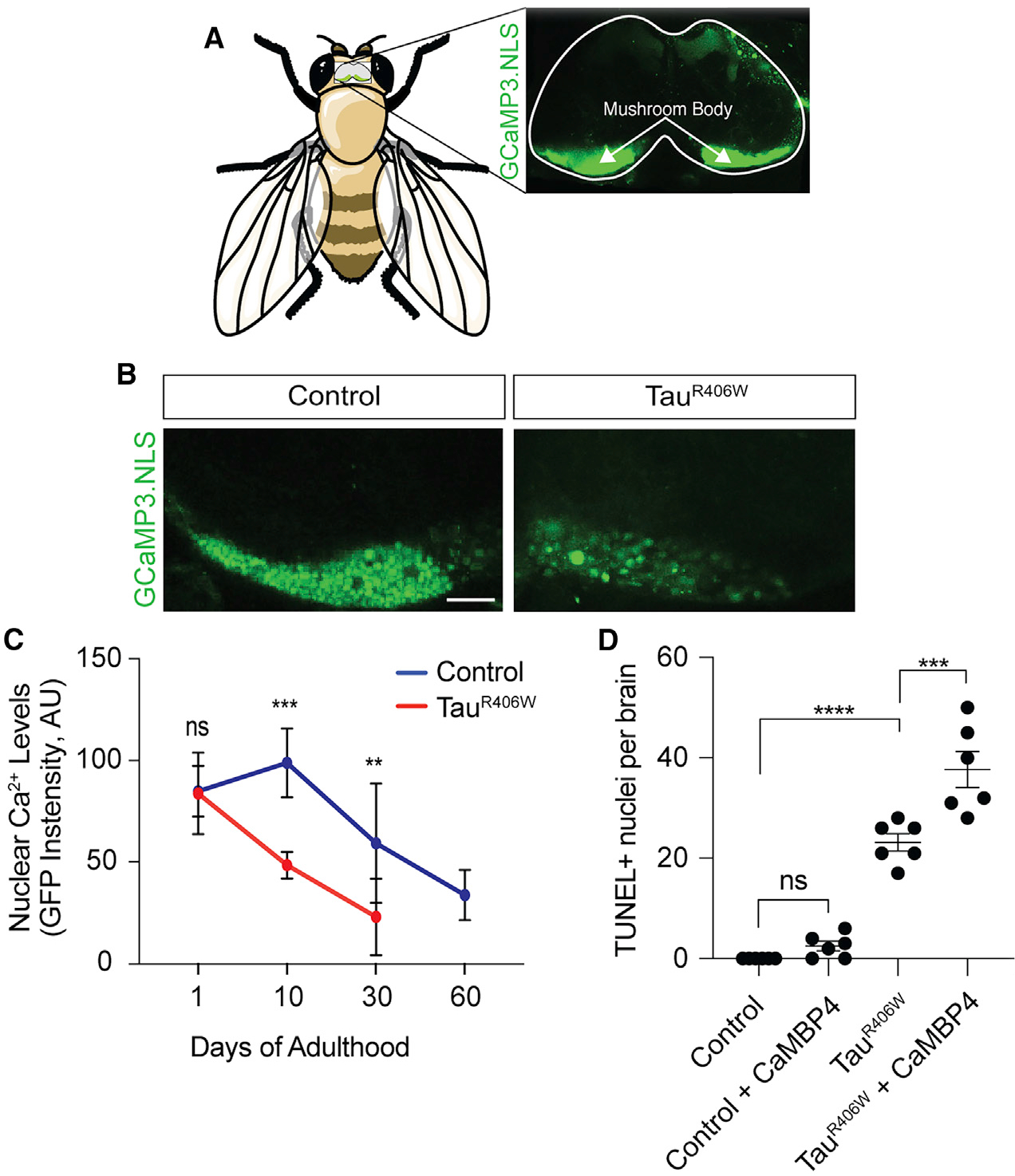Figure 2. TauR406W Transgenic Drosophila Have a Toxic Reduction of Nuclear Ca2+.

(A) Activation of the nuclear Ca2+ reporter in the mushroom body of the adult Drosophila brain based on GCaMP3.NLS in vivo imaging.
(B) Decreased levels of nuclear Ca2+ in the mushroom body of the tauR406W transgenic Drosophila brain versus control based on GCaMP3.NLS in vivo imaging. Images are of a single focal plane. Scale bar, 60 μm
(C) Quantification of nuclear Ca2+ based on GCaMP3.NLS in control and tauR406W transgenic Drosophila of the indicated age. n = 6–8 biological replicates per genotype, per age. Data are presented as mean ± SD. For visual simplicity, significance is only noted for differences between genotypes at each age. Statistical analyses of the age-dependent decline in nuclear Ca2+ within each genotype are presented in Figures S1C and S1D.
(D) Neurodegeneration assayed by TUNEL staining in brains of control and tauR406W transgenic Drosophila with and without nuclear Ca2+ blockage via panneuronal overexpression of CaMBP4.
All assays were performed at day 10 of adulthood with the exception of (C). Data are presented as mean ± SEM unless otherwise noted. One-way ANOVA with Tukey’s multiple comparison test; ***p < 0.001, ****p < 0.0001.
